1.6 VVT-i engine - Opinion, problems and malfunctions
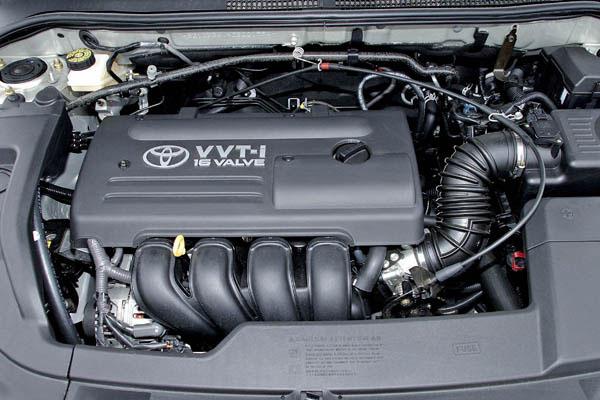
1.6 VVTs engine
Features - 1.6 VVT-i engine
1.6 The VVT-i engine has been installed in several Toyota cars (e.g. Corolla i Avensis). It is based on 4 cylinders, 16 valves and multi-point injection. Importantly, the drive is a chain. It is also important to note that the valve clearance in this engine is manually adjusted because they do not rely on hydraulics.
The engine does a really good job. Even the cold is not too loud. It generates modest but enough power, and while it is not a speed demon in any model, it effectively accelerates the car (running at higher revs). An advantage is the relatively low fuel consumption, which typically ranges from 6 to 8 liters in a mixed cycle.
Problems and malfunctions - 1.6 VVT-i engine
In fact, it is an extremely simple and durable construction that does not have any particular problems in operation. However, there are a few important things to remember. The first of these is that it does poorly with the LPG installation. The word bad is very delicate here. The integration of this engine with gas technology can cause serious problems, including cracking of valve seats.
The second thing is the engine drive mentioned above. Yes, it's chain-based, but it doesn't mean eternity, just extended life. So, we control his condition. When it gets louder, you need to check that the chain has not stretched. If not, the next control point is the tensioner. It should be noted that replacing the chain and tensioners is not the cheapest.
One of the most important and, in fact, the most significant problems with the VVT engines presented was the high oil consumption. This was due to structural flaws, which were dangerous. Fortunately, in 2003, problems were eliminated and drivers could safely use their cars.
Recommendation of similar texts:

Hi there, I am Mladen and I am an auto enthusiast. I started this blog years ago to help like minded people share information about latest cars, car servicing ideas, used car info, exotic cars, and auto technology. You will find helpful articles and videos on a wide variety of cars - Audi, Mercedes, Toyota, Porsche, Volvo, BMW and much more. Ping us if you have anything cool to share on latest cars or on how to make older cars more efficient, or just want to say hi!

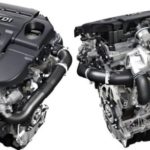
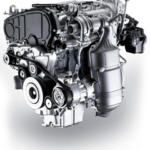
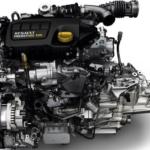
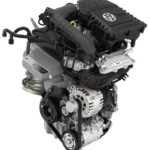

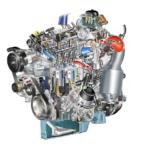
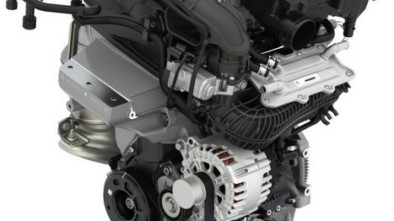
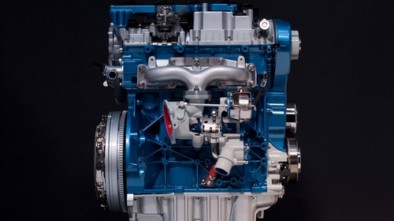
Hello Mladen.
I am reading this text while raMialjam buying a Toyota Corolla 1.4 71kw with 150 thousand passed, with all the service book, etc. I'm wondering if this 2003 series with this engine had that design flaw that led to excessive oil consumption. I read on the forums, as far as we can tell, that all the petrol models are up to some 2005 or even 200, I'm not sure, with the same mistake. http://www.corollaforum.com/threads/why-do-corollas-burn-oil.7381/
Here is a link where one explains why this is happening. By the way, this Corolla was bought in Podgorica in a Toyota showroom.
Best regards from Montenegro.
Branko